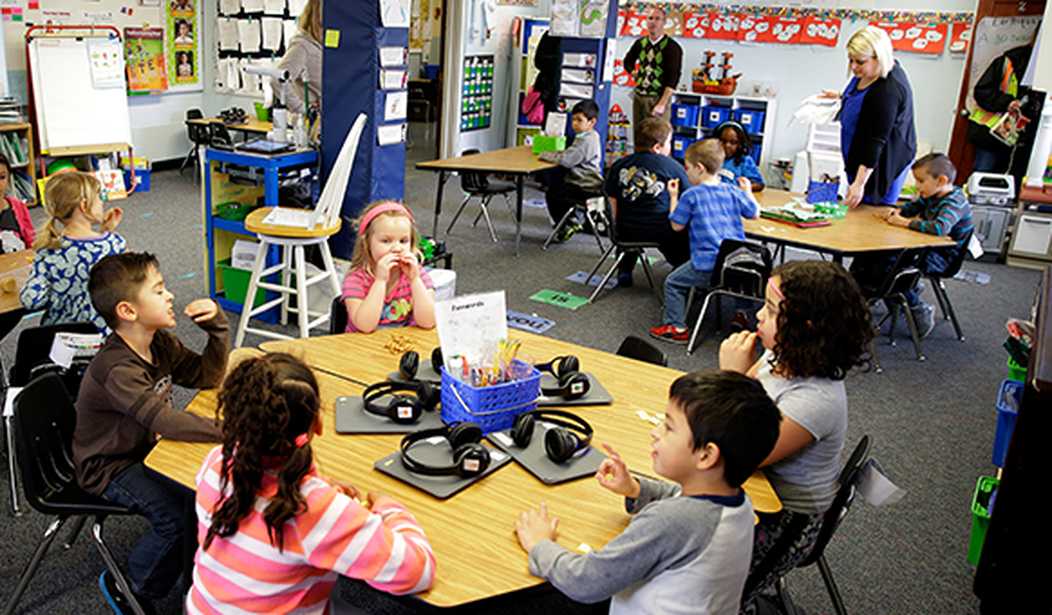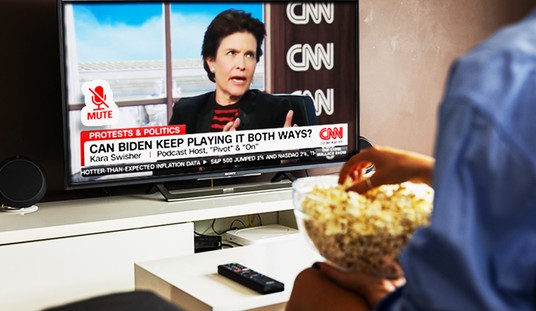COVID-19 gutted traditional American public schools, leaving school buildings empty across 48 states in the Spring of 2020. Now, as the world attempts to return to normal, many families are choosing not to return to the way things were two school years ago.
The politics surrounding brick and mortar public schools during the pandemic — school closures, mask mandates, and curriculum battles — disillusioned families to the point that many decided to pull their children from their local schools and educate them elsewhere. Enrollment numbers between 2019 and the fall of 2021 confirm this, as over a million students reportedly changed their education environment. And for 2022, it looks like the trend will continue as places like New York expect 30,000 fewer students on their rolls this upcoming fall.
One reason parents persist in leaving the public school system after the pandemic’s end is that the past two and a half years magnified many underlying issues. For instance, education entrepreneurs in the private sector exposed the rigidity of an American education system that has been devoid of creativity for far too long by providing infrastructure for student learning when traditional schools couldn’t. Utilizing models like micro-schools, learning pods, or hybrid homeschools, these innovators listened attentively to parents’ needs by creating and implementing unique instructional methods, schedules, and environments to meet the new demand for privatized learning.
For example, Tamara Becker, an educator with over twenty years of experience in online and in-person schooling models, started Adamo Education during the pandemic. The school has proven so successful that it even attracted support from the VELA Education Fund. Ms. Becker’s Adamo Education takes a nuanced approach to educating its students, combining the “best practices from traditional, digital and at-home learning models to create something completely unique for busy students and families.” The model “features certified educators providing in-person instruction at small microschool environments” and also provides a “digital curriculum that gives families the flexibility to continue learning remotely,” if they so choose. With VELA’s grant support, Adamo Education will add 80 students to the 28 it had last year — easily tripling the size of the school as the pandemic recedes in the rearview mirror.
Recommended
This rapid growth in the alternative education sector is not unique to Adamo Education. Classeteria, a homeschool resource center launched in the 2021-22 school year out of a South Carolina shopping mall, plans to expand from 40 students to nearly 280 this upcoming school year. Moreover, school growth isn’t happening entirely indoors. Barefoot University Forest School, an outdoor homeschooling network started in the Dallas-Fort Worth area by two moms, will add at least 15 more groups and 1400 more students over the next year.
Undeniably, students, families, and educators have increasingly come to accept schooling options that may have sounded “cooky” before the pandemic. What we consider alternative education today could become the mainstream education of tomorrow. Americans ought to hope for this as a bit of creative pedagogy could increase our country’s test scores, which have flatlined over the past two decades.
While the jury is still out on alternative education’s overall academic effects, parent satisfaction is a good indicator that alternative education is here to stay. Luckily, these changes to our K-12 system could not have come at a better time. Millions of students stand to benefit if the silver lining of the pandemic consists of educators taking new approaches to the American education system.
Cooper Conway is a National Voices Fellow at 50CAN and a contributor and commentator at Young Voices, focusing on education reform. Follow him on Twitter @CooperConway1.
























Join the conversation as a VIP Member